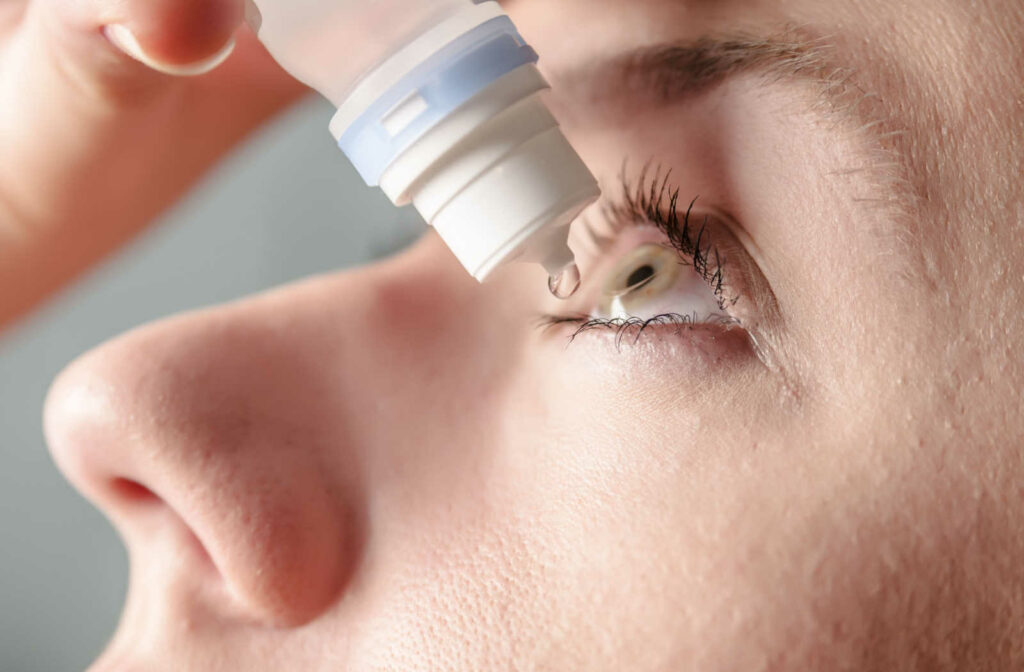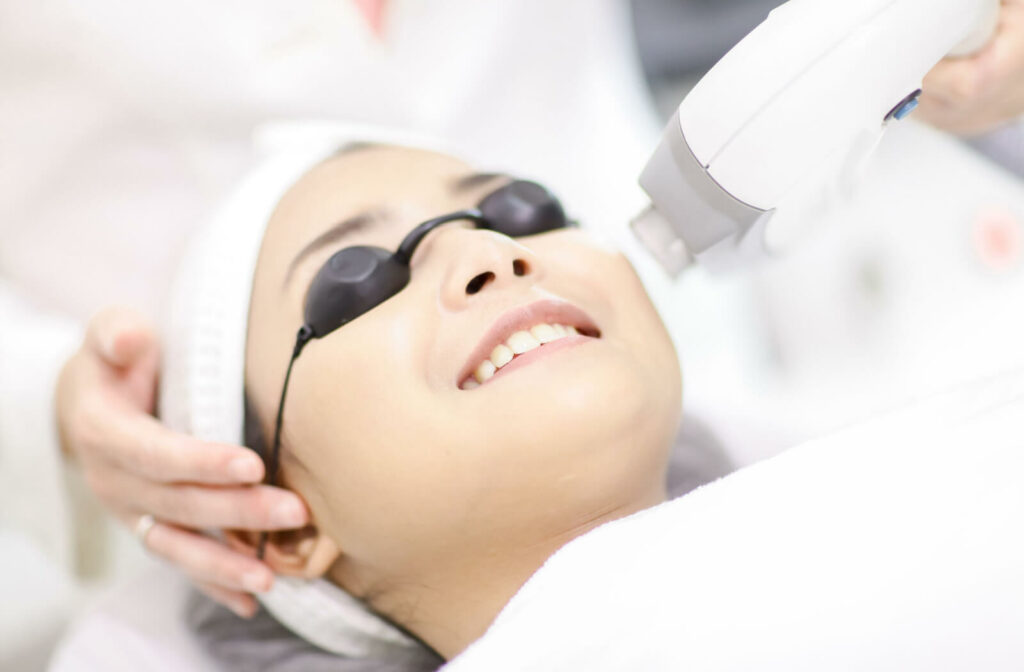Are you struggling with symptoms of meibomian gland dysfunction (MGD), such as dry, irritated eyes? Intense Pulsed Light (IPL) therapy might be the solution you’re looking for. Understanding the treatment, its benefits, potential side effects, and aftercare is crucial to making an informed decision.
What Is IPL Therapy?
Intense Pulsed Light (IPL) therapy is a non-invasive treatment widely known for addressing various skin conditions like rosacea, hyperpigmentation, and acne. In recent years, its application has expanded to treating eye conditions, particularly meibomian gland dysfunction (MGD).
What Is Meibomian Gland Dysfunction?
MGD occurs when the meibomian glands, responsible for producing the oily layer of the tear film, become blocked or dysfunctional. This can lead to poor tear quality and symptoms like:
- Dry, irritated eyes
- Redness and swelling of the eyelids
- Burning sensations
- Blurred vision
- Excessive tearing
- Sensitivity to light
Factors contributing to MGD include aging, contact lens use, and makeup application.
How Does IPL Treat Dry Eye?
IPL therapy for dry eye works by delivering high-intensity light pulses to the skin around the eyes. This heat stimulates the meibomian glands, helping to unclog them and improve their function. The procedure typically involves:
- Applying a cooling gel around the eyes.
- Using a handheld IPL device to deliver light pulses.
- Protecting the eyes with goggles to prevent vision damage.
Each session lasts about 10–15 minutes, and multiple sessions are usually required for optimal results.
Potential Side Effects of IPL Therapy
While IPL is generally safe, there are some potential side effects, including:
- Temporary redness
- Swelling
- Discomfort in the treated area
In rare cases, IPL can cause burns or scarring. However, these risks are significantly reduced when the procedure is performed by an experienced practitioner.
Aftercare for IPL Treatment
Proper aftercare is essential to maximize the benefits of IPL therapy and minimize side effects. Here are some key steps:
- Avoid Direct Sunlight: Protect your eyes from direct sunlight and wear sunglasses when outdoors.
- Use Gentle Skincare Products: Avoid harsh skincare products around the treated area for a few days.
- Follow Your Doctor’s Instructions: Adhere to any specific aftercare instructions provided by your eye care professional.
Alternative Treatments for MGD
If IPL isn’t suitable for you, there are other ways to manage MGD:
Warm Compress
Applying a warm compress to the eyelids can help unclog the meibomian glands. This can be done using a warm, damp cloth or a specialized heated eye mask.
Artificial Tears
Artificial tears can provide additional lubrication, helping to relieve dry eye symptoms. Consult your eye doctor to find the best type for your needs.
Omega-3 Supplements
Omega-3 fatty acids have been shown to improve meibomian gland function and reduce inflammation. They can be taken orally or applied topically.

Get Treatment for MGD
IPL therapy may be a promising treatment option for meibomian gland dysfunction with the proper precautions and an experienced practitioner.
If you are considering IPL therapy for MGD, schedule an appointment with See & Be Seen Eyecare to learn more about the risks and benefits, as well as to discuss other therapies that may be appropriate for your specific needs.





